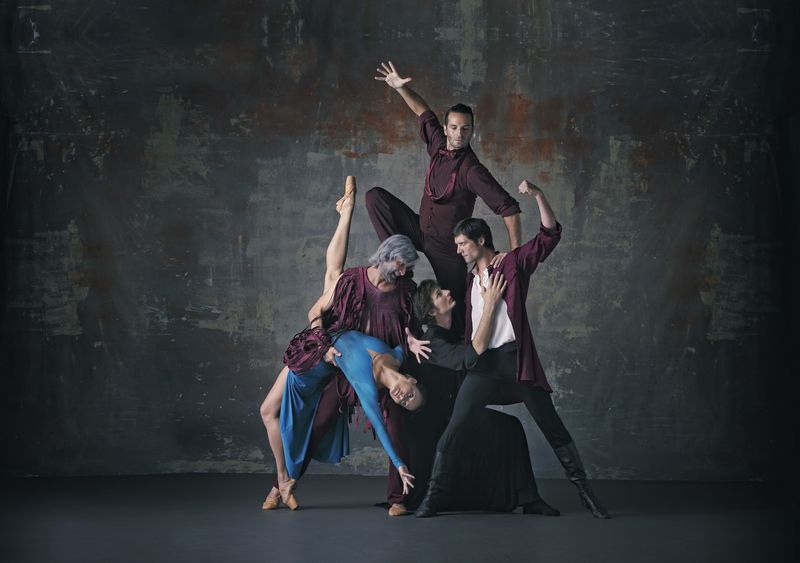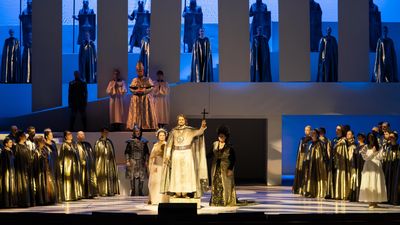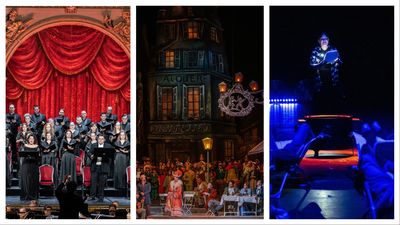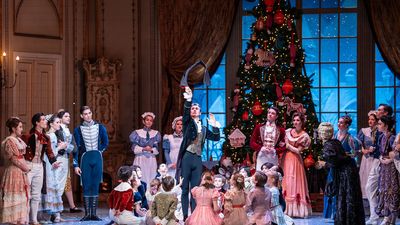
The Opera’s ballet company will close both The Month of Dance and the season with The Karamazovs in Boris Eifman’s now-classic choreography. In addition to telling the well-known story in the language of dance, this grand ballet also explores the characters’ swirling minds, their complex relationships with each other and their internal struggles. The production will be staged at the Erkel Theatre from June 20, in a performance by the Hungarian National Ballet.
Boris Eifman is a choreographer and a philosopher at the same time, one who creates and respects traditions, yet undertakes the role of the radical opposition in challenging the expectations of society; he always sees and presents things differently, without adjusting his tastes to any expectations, instead searching for the essential and the human. This is how he creates immortality for himself.
The artist, who has been creating choreographies since he was 15, did not emigrate when the Soviet authorities exerted pressure on him, nor did he change his name after being warned that he would not have any opportunities as a Jew in the Stalinist era. He used Western rock music when the regime still banned it, and talked openly about the relationship between men and women when this was, to put it mildly, not accepted. This was his approach when he conceived the characters and their relationships in Dostoyevsky’s worldfamous work.
Freedom, anarchy, God and responsibility: to Boris Eifman, these are the key words of the story of the Karamazov brothers. How do the three brothers deal with the murder of their father? What do we think about sin and what may we think about it? How does the fate of the family and the brothers address fundamental moral questions? Where is God, and where is the Devil? What are our decisions and judgements based on?
In his already-classic choreography, Eifman expressed the system of relationships between the characters with an approach that he himself dubbed “psychological ballet”: in addition to the story, he considered the characters’ internal functioning to be equally important. The outcome is a unique and novel interpretation of the novel, one which also shows how the work might continue. The grandiose choreography, which poses challenges especially for the male dancers, will be shown on the stage of the Erkel Theatre in a performance by the Hungarian National Ballet from 20 June.


